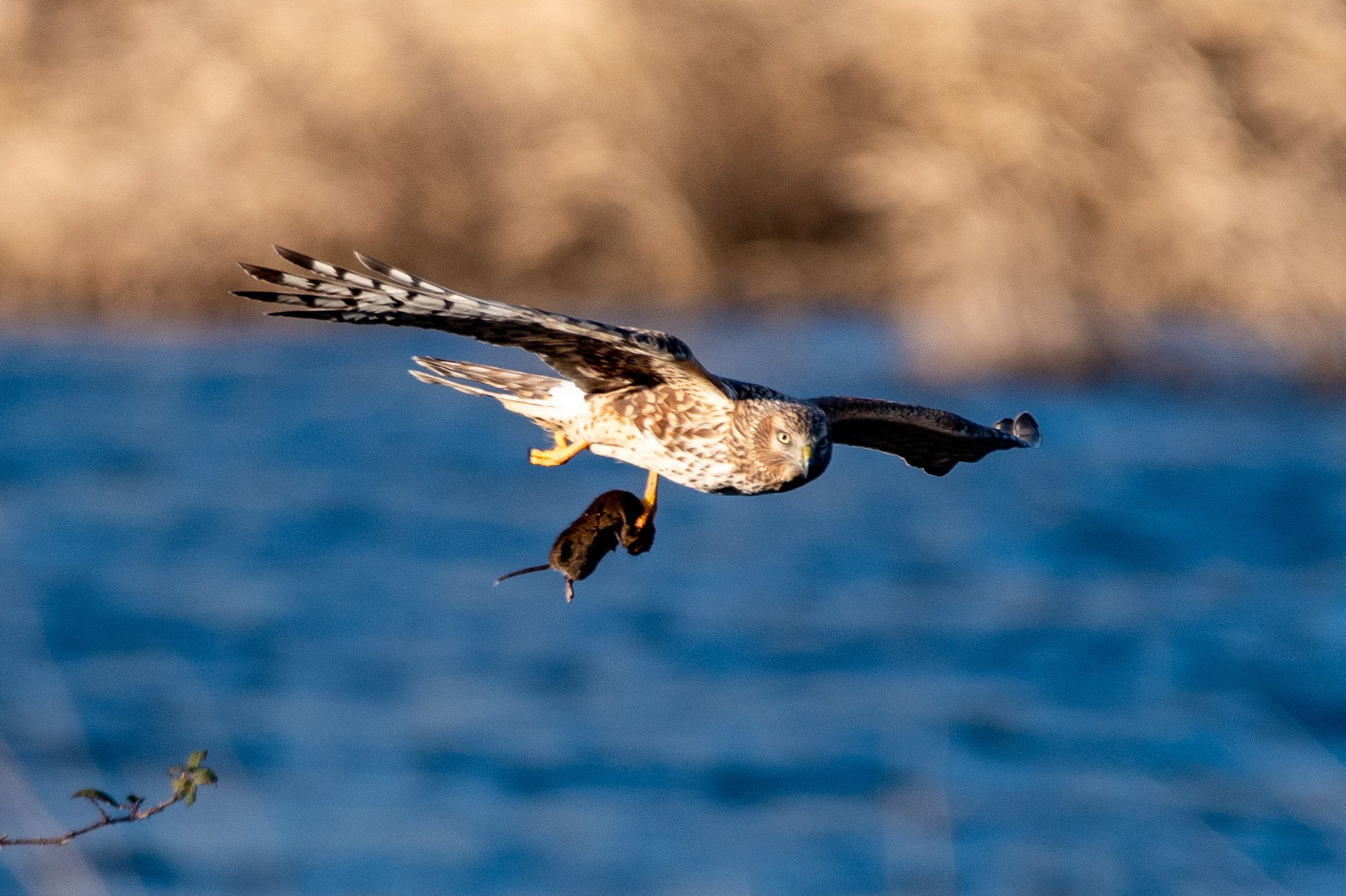About the Northern Harrier
The Northern Harrier (Circus hudsonius) is a species documented in our database. Learn more about this species through the information below.
Conservation Status
Northern Harrier is currently listed as Least Concern on the IUCN Red List.
Population Trend
stable
Current Threats
- Habitat loss and degradation
- Collisions with wind turbines and other human-made structures
- Climate change
Photo Gallery

2 photos available
Geographic Distribution
Distribution by Region
North America
Continent: North America
Country: Canada, United States
Region: Northern and central regions
Central America
Continent: North America
Country: Mexico, Costa Rica, Panama
Region: Southern regions
South America
Continent: South America
Country: Colombia, Venezuela, Ecuador
Region: Northern regions
Distribution Overview
The Northern Harrier is a migratory species that breeds in North America and winters in Central and South America.
Quick Facts
- Size
- 41 - 50 cm
- Weight
- 290 - 500 g
- Lifespan
- up to 10-15 years years
- Diet
- Small mammalsBirdsInsectsReptiles
Habitat
GrasslandsWetlandsMarshesAgricultural fields
Behavior
- Hunts for small mammals, birds, and insects in grasslands and wetlands
- Uses a low-flying, hovering style of hunting
- Breeds in loose colonies, with males engaging in aerial displays
- Monogamous, with pairs forming during breeding season